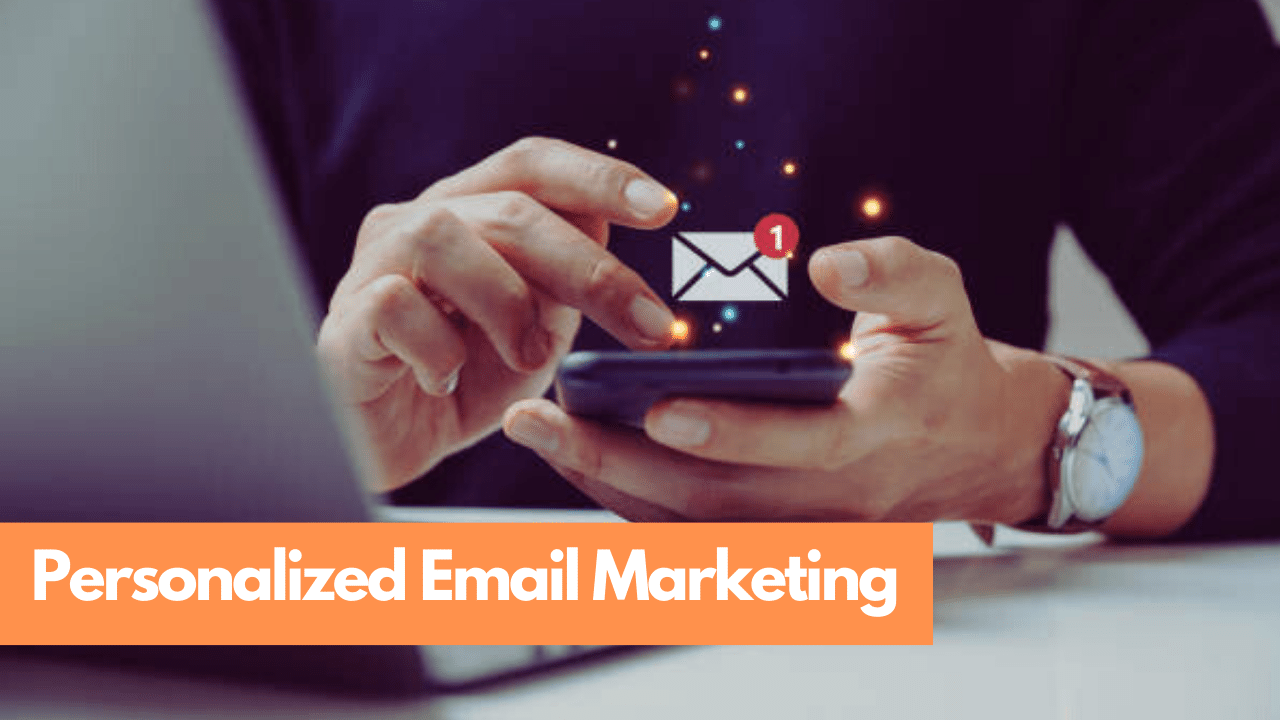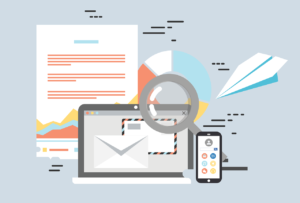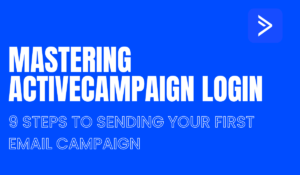The Personal touch can make all the difference.
A recent study found that 74% of customers feel frustrated when content is not personalized [1].
As the saying goes, people don’t care how much you know until they know how much you care. And in email marketing, this caring translates into personalization.
Let’s take a look at why personalized email marketing is not just a luxury but a necessity.
Table of Contents
Personalized Email Marketing: Beyond ‘Dear [First Name]’

For many, personalization starts and ends with including the recipient’s first name. While that’s a good beginning, true personalization digs deeper. It’s about crafting an experience that resonates with each recipient’s preferences, behaviors, and history with your brand.
Why Personalize?
- Higher Engagement Rates: Personalized emails often see higher open and click-through rates. When content is tailored to a recipient’s interests or needs, they’re more likely to engage.
- Increased Sales and Conversions: Relevant product recommendations or timely offers can prompt users to purchase or take a desired action.
- Builds Brand Loyalty: When users feel a brand understands and values them, they will likely remain loyal and engaged over time.
Data is Your Best Friend
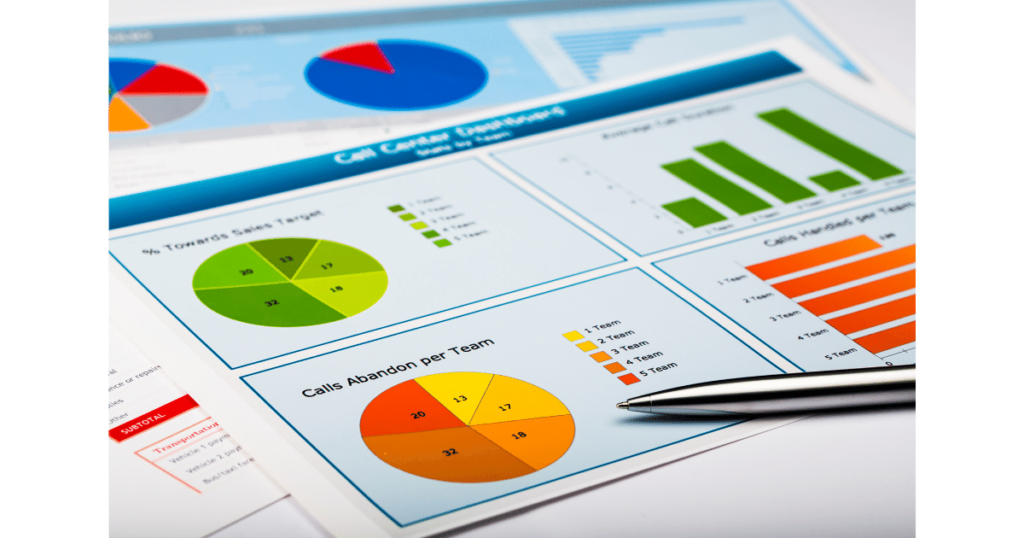
To craft personalized email marketing experiences, you first need to understand your audience. This means collecting and analyzing data.
Tip: Use analytics tools to track website behavior, purchase history, and email interactions. Surveys and feedback forms can also provide valuable insights.
Segment Your Audience
Grouping your subscribers based on shared characteristics or behaviors allows you to send tailored content to each segment.
Tip: Common segmentation criteria include location, past purchases, and engagement level with previous emails.
Personalize Content and Recommendations

If a subscriber frequently buys pet products from your site, a newsletter highlighting the latest dog toys or cat treats might pique their interest.
Tip: Implement machine learning or AI-driven tools that can automate product recommendations based on user behavior.
Optimize Send Times
Sending an email when your recipient is most likely to read it increases engagement chances.
Tip: Analyze past open rates to determine optimal send times for different segments or use tools that automatically adjust send times based on recipient behavior.
Celebrate Milestones

Acknowledge subscriber anniversaries, birthdays, or other personal milestones with special offers or messages.
Tip: A simple “Happy Birthday” with a small discount can make subscribers feel valued and appreciated.
Personalize Visuals
It’s more than text that can be tailored. Visuals can also be personalized based on the recipient’s preferences or demographics.
Tip: For a clothing brand, showing winter attire to subscribers in colder regions and summer collections to those in warmer areas can be effective.
Always Respect Privacy
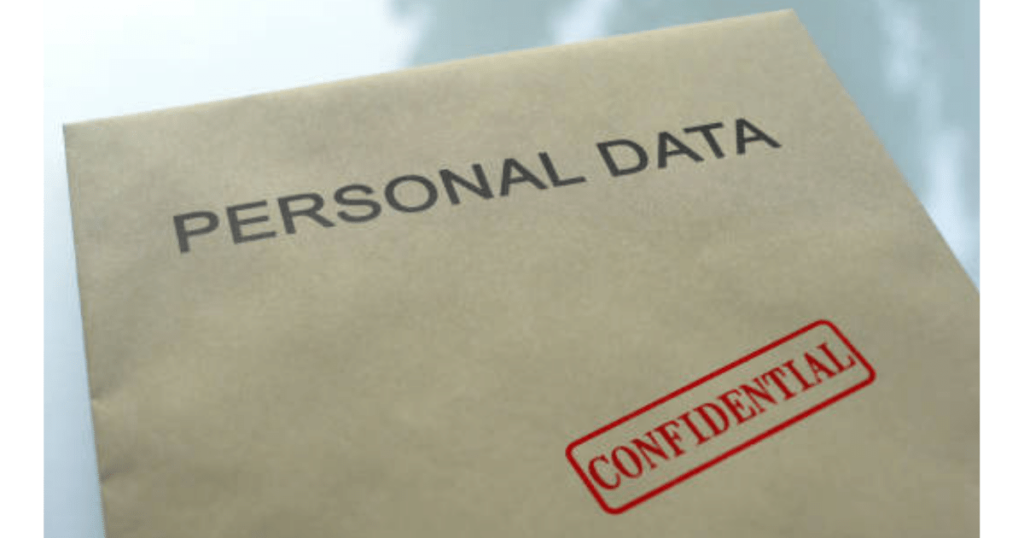
While personalization is powerful, always respecting your subscribers’ privacy is essential. Be transparent about the data you collect and how you use it.
Tip: Regularly update and share your privacy policy. Give subscribers easy options to adjust their privacy settings.
In Conclusion
Personalization transforms generic emails into tailored experiences, making recipients feel seen and valued. As technology advances, the opportunities for crafting such incidents will only grow. By harnessing the power of personalized email marketing, brands can build stronger relationships with their audience, driving engagement, loyalty, and growth.
To read more about how tools can help with personalized email marketing, check out our recent blog on a popular tool called ConvertKit.
FAQ
What is email personalization?
Email personalization is tailoring email content to individual recipients based on the data you have about them. This could involve using the recipient’s name in the greeting, referencing past purchases, or sending offers that align with their interests or browsing behavior. Personalization aims to make the email feel like it was crafted for one specific person rather than a mass audience. The goal is to increase engagement by making the content more relevant and meaningful to the recipient, which can lead to higher open rates, click-throughs, and conversions, ultimately enhancing the effectiveness of email marketing campaigns.
Why is email personalization important?
Email personalization is important because it significantly enhances the recipient’s experience, making your messages more relevant and engaging. Personalized emails can increase open and click-through rates, as tailored content is more interesting. It demonstrates that you value them as individuals, not just as part of a mass audience. By addressing their preferences, behavior, and needs, personalization fosters a sense of connection and trust between the sender and the recipient. This relevance improves customer satisfaction and drives conversions, as personalized content is more compelling and can encourage recipients to take action.
What is the best way to personalize a subject
The best way to personalize a subject line is by incorporating the recipient’s name or other personal details relevant to them. For example, “John, your personalized weekly deals are here!” or “Lisa, a special gift just for you!” This approach catches the recipient’s attention as it stands out in their inbox, signaling that the message is tailored to them. You can also reference recent interactions, like “Enjoyed our chat, Alex? Here’s more on that topic!” or their specific interests, “Calling all tech enthusiasts: Exclusive sneak peek just for you!” Personalized subject lines show the recipient that the email contains content relevant to their preferences or behaviors.

Hi…I’m Steph! I work for SprintSlice and love to review new digital marketing products. I’ve been doing this for almost 8 years and learn something new all the time. Fun facts: My favorite color is yellow and I love monster trucks!

